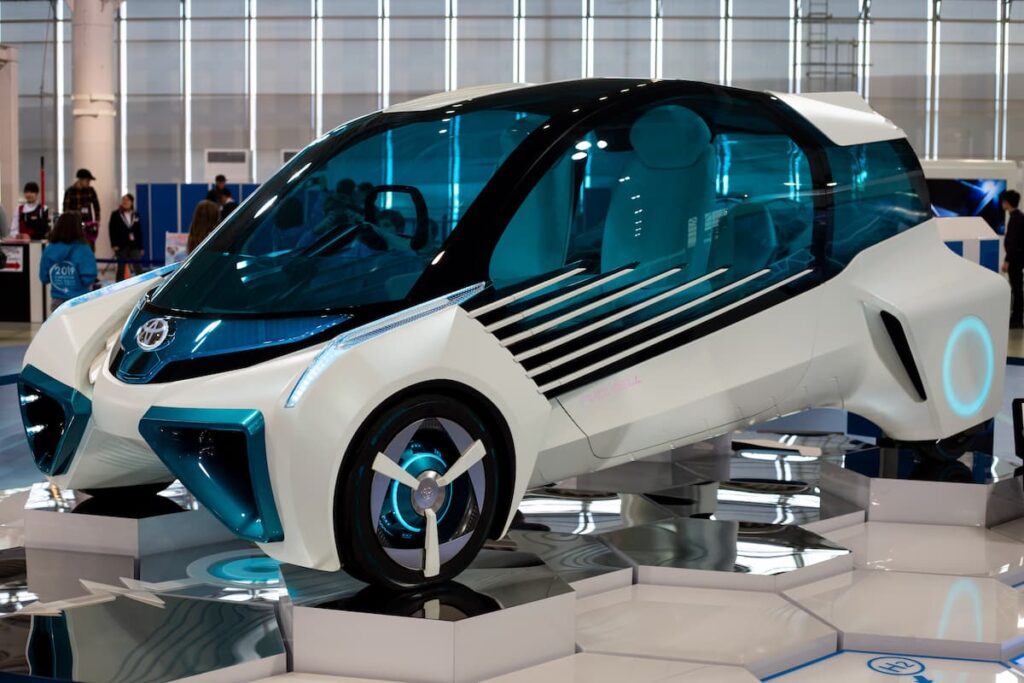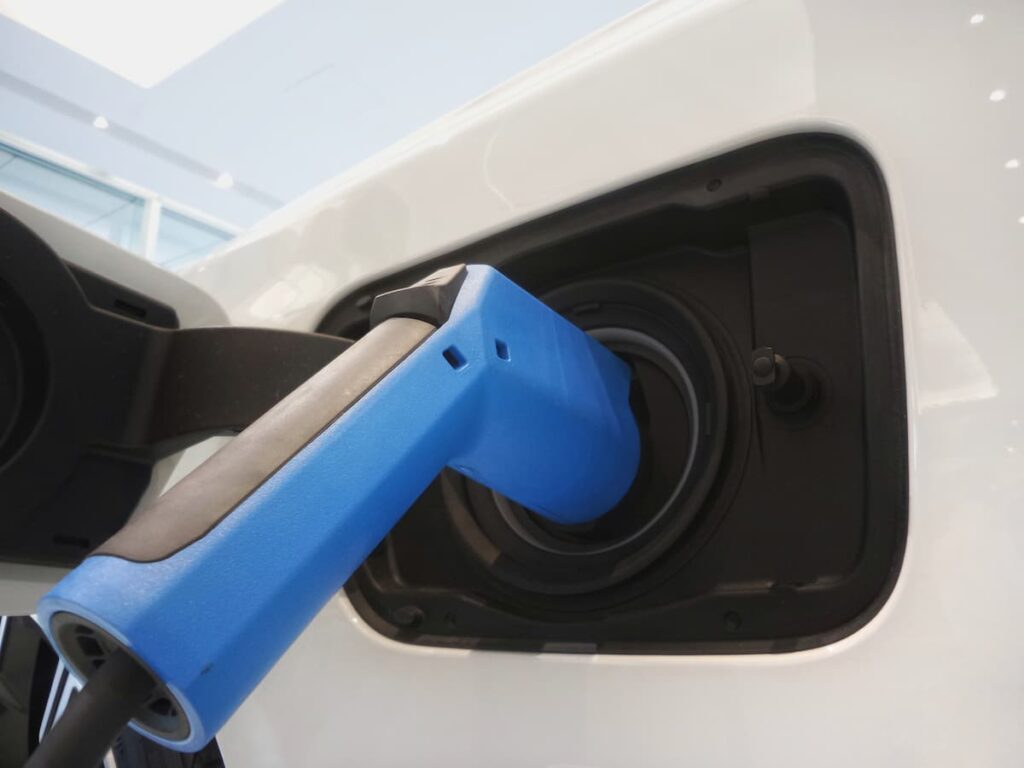Diesel cars, gasoline cars, electric cars, hybrid cars…
Nowadays, car manufacturers have so many options that it’s hard to figure out which vehicle is right for you. Right now, electric cars are the most discussed topic. But the truth is that the discussion may be different soon.
Why? Because of hydrogen cars.
These vehicles are very similar to conventional ones but have a distinctive feature: the fuel they use to move.
So, before the discussion deepens, we invite you to understand what hydrogen cars are, after all. Find out how they work, how they charge, and the main benefits and disadvantages of owning such a vehicle.
What are hydrogen cars?
These days, there’s a lot of talk about alternative fuels. The planet’s deteriorating every day, so other options appear on the automotive market. And the truth is that manufacturers already include environmentally-friendly vehicles in their production — in addition to diesel and gasoline cars.
However, when we think of alternatives to traditional fuels, we immediately think of electric cars. But does the future belong to them?
Electric cars already account for a considerable percentage of sales, especially when compared to diesel and gasoline cars — which are slowly losing ground.
And this is where hydrogen cars come in. Is it possible that they’ll overtake electric cars? Experts believe that hydrogen-powered cars are the future. We can only wait and see.

How do hydrogen cars work?
Hydrogen cars’ operation relies on an interesting feature.
Let us explain: these vehicles move using a chemical reaction known as reverse electrolysis.
It sounds complicated, but it’s simpler than you think.
Hydrogen is the chemical element that exists the most. When used in vehicles, it mixes with oxygen in the fuel cells of these cars. This contact (the so-called “reaction”) will release the electrical energy that’ll move the vehicle.
However, that reaction isn’t enough.
Hydrogen cars’ energy also comes from a small battery that accumulates the energy produced by braking. In addition to starting the car — doing everything work — there’s also the control unit managing all these processes.
The energy generated releases water vapor into the atmosphere through the exhaust pipe. Therefore, there’s no emission of pollutant gases in the process.
But do hydrogen cars protect the environment?
To find the answer, we need to dig even deeper into how these cars work.
The engine of hydrogen vehicles is electric — so hydrogen cars are also considered electric. However, what distinguishes them from original electric vehicles is where the energy is produced. Energy is created inside hydrogen vehicles, which doesn’t happen in electric cars.
If you’re wondering about the difference between these two types of cars, we’ll explain.
It all comes down to the fuel. While electric cars need power generated through the electric charging stations, hydrogen cars generate their own power — they only need to be fueled.
How do you charge hydrogen cars?
It’s difficult to answer this question.
Still, we can assure you that refueling hydrogen cars is much faster than electric ones. In fact, you only need 5 minutes to fill up your hydrogen vehicle — yes, it’s pretty quick.
These cars have a tank prepared for 6 KG of hydrogen. So you only need 5 minutes to fill them up entirely.
This is a significant advantage when comparing electric vehicles to hydrogen ones because the former still need long hours to charge.
And the process is fairly simple: just take the designated hose and fill up the hydrogen car. But pay attention to the hose seal, so there aren’t hydrogen leaks.

Do hydrogen cars have batteries like electric ones?
Hydrogen cars have a small battery inside.
This serves to help when starting — and at other times when the vehicle needs more power.
But we aren’t just talking about batteries because hydrogen cars have fuel cells that also work to power the vehicle.
Hydrogen cars’ pros and cons
As with everything, there are positives and negatives to consider when talking about hydrogen cars.
The pros
- Fast and simple refueling: fill up the hydrogen car in just 5 minutes;
- High autonomy: with 5 minutes, you fill up about 6 KG of hydrogen — this means that it guarantees about 600 kilometers of autonomy. Fantastic, don’t you think?
- Free of polluting emissions: the gas released into the atmosphere in this type of vehicle is nothing more than water vapor;
- Doesn’t use non-renewable resources: hydrogen cars don’t use fossil fuels, such as diesel and gasoline. Hydrogen is a renewable resource obtained from water.
The cons
- Market cost: hydrogen cars’ purchase prices are high. Even though they’re zero-emission vehicles, hydrogen extraction is quite expensive;
- No incentives from Government: though they’re considered electric cars, they don’t receive the same stimuli at the time of purchase;
- Low supply: currently, electric cars are at the forefront of automotive technology. Therefore, the production of hydrogen vehicles is deficient;
- Few filling stations: the hydrogen supply network is sparse. But the situation may soon change;
- Flammable storage: manufacturers struggle to create safe hydrogen tanks because it’s a combustible gas. Currently, these tanks have a lifespan of 15 years, which brings down the car’s lifespan.
When choosing your next car, remember to evaluate all the pros and cons. We may be looking at future vehicles — which will always be the most environmentally friendly.

